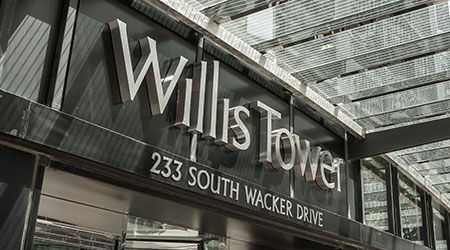
Deferred Maintenance: Drastic Strategies Take Hold
February 15, 2018
Few institutional facilities have escaped the burden of deferred maintenance. Whether a facility manager works in a K-12, higher education, government, or health care organization, the burden of effectively and efficiently maintaining buildings has overwhelmed available resources at some point. The result of this growing deficit of resources is a mounting backlog of work orders that, depending on the size of the organization and the number and age of the buildings in its portfolio, can top the $1 billion mark.
In recent years, large organizations have begun to take drastic measures to address both the number of buildings their staffs must maintain and the size of their deferred maintenance burden that results from too few resources. A number of organizations — including the U.S. General Services Administration, the Chicago School District, and several major universities — have begun closing and selling unused or underused buildings in order to shrink their facilities footprint and the costs associated with those assets.
Learn: Consultants offer strategies on curbing deferred maintenance
Now this trend is taking another, more drastic step in some organizations — demolition. In the latest example of shrinking the facilities footprint, the University of Maine System’s board of trustees recently agreed to a preliminary plan to knock down up to 300,000 square feet of vacant, underused or deteriorating building space on university campuses across the state, according to the Bangor Daily News.
The board of trustees approved a plan to use about $10 million in bond proceeds to tear down 300,000 square feet of buildings. That accounts for nearly 3 percent of the system’s overall 9 million-square-foot building footprint. It marks the seven-campus system’s largest and most concerted effort to downsize since a report found the universities had more space than they needed, and many of those spaces were in dire need of costly maintenance, renovations or destruction.
Read: Building support for addressing deferred maintenance
Ideally, the the payback from such actions will be twofold. Overworked and underfunded maintenance departments will no longer have to devote labor and materials to repairing deteriorating buildings, and they will be able to devote those resources to addressing the maintenance and repair needs of other distressed buildings. University of Maine System officials say the buildings cost about $7 per square foot to operate and maintain each year, and demolishing the spaces should save about $2.3 million each year.
This Quick Read was submitted by Dan Hounsell — dan.hounsell@tradepressmedia.com — editor-in-chief of Facility Maintenance Decisions.
Next
Read next on FacilitiesNet












